HGTV has inspired millions of homeowners with its stunning renovations and dream-worthy transformations. However, not all of its picture-perfect homes have stood the test of time. Some of the network’s most celebrated makeovers have started falling apart, leaving homeowners frustrated and disillusioned. Whether due to rushed construction, budget constraints, or impractical design choices, these 12 HGTV homes prove that what looks great on TV doesn’t always last in real life.
1. The ‘Love It or List It’ Nightmare House
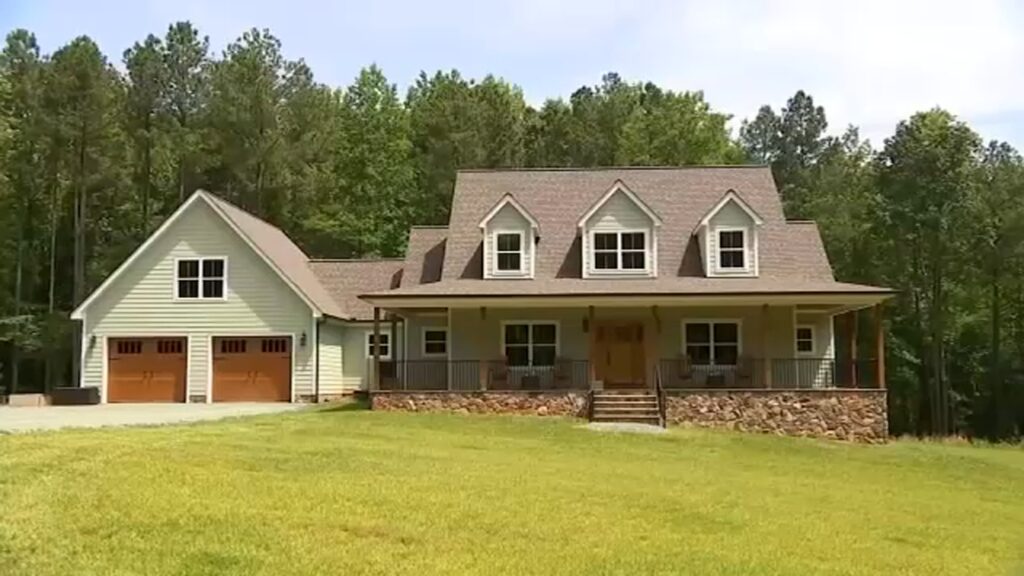
Many fans of Love It or List It assume that the show’s renovations are built to last, but some homeowners have reported serious structural issues after filming wrapped. One North Carolina family even sued the show’s contractors, claiming that their newly remodeled home was riddled with poor workmanship, water damage, and unfinished details. Instead of their dream house, they were left with shoddy flooring, misaligned doors, and a slew of unexpected repairs. This case exposed the downside of quick reality TV makeovers, proving that rushed timelines can lead to major quality issues.
Other homeowners have echoed similar complaints, stating that their renovations prioritized aesthetics over durability. While the finished homes look spectacular on screen, the behind-the-scenes reality often involves cost-cutting measures and temporary fixes. In some cases, contractors used low-quality materials or skipped important structural reinforcements to stay on schedule. As a result, some homeowners have had to invest thousands of dollars in repairs just a few years after their episodes aired.
2. The ‘Fixer Upper’ Flip Gone Wrong
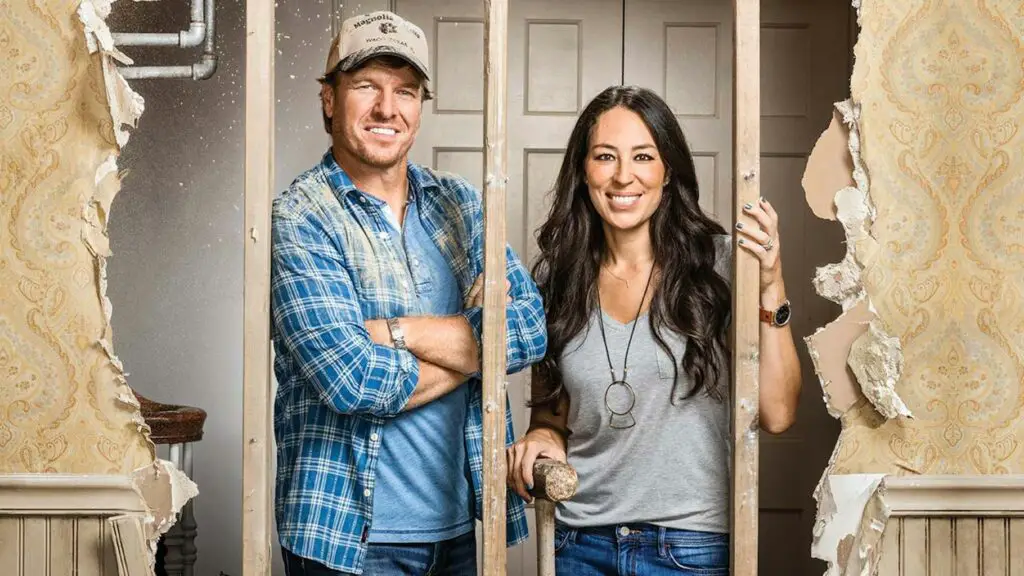
Chip and Joanna Gaines have built a reputation for their charming farmhouse-style renovations, but not every Fixer Upper home has aged gracefully. Several homeowners have discovered that the signature shiplap walls and trendy open-concept layouts were more about appearances than long-term functionality. One Waco homeowner reported that their beautiful wooden beams began warping within months due to poor installation. Others found that their newly installed kitchen cabinets were already showing signs of wear and tear just a year after filming.
Beyond construction flaws, some Fixer Upper homes have struggled with market value depreciation. Because the show made Waco a hotspot for homebuyers, some of the renovated houses were flipped at sky-high prices—only for the market to cool down later. Many homeowners who purchased a Fixer Upper house expecting a solid investment found themselves dealing with costly repairs instead. This has left some questioning whether the show’s renovations are built for longevity or just for television appeal.
3. The ‘Property Brothers’ Plumbing Disaster
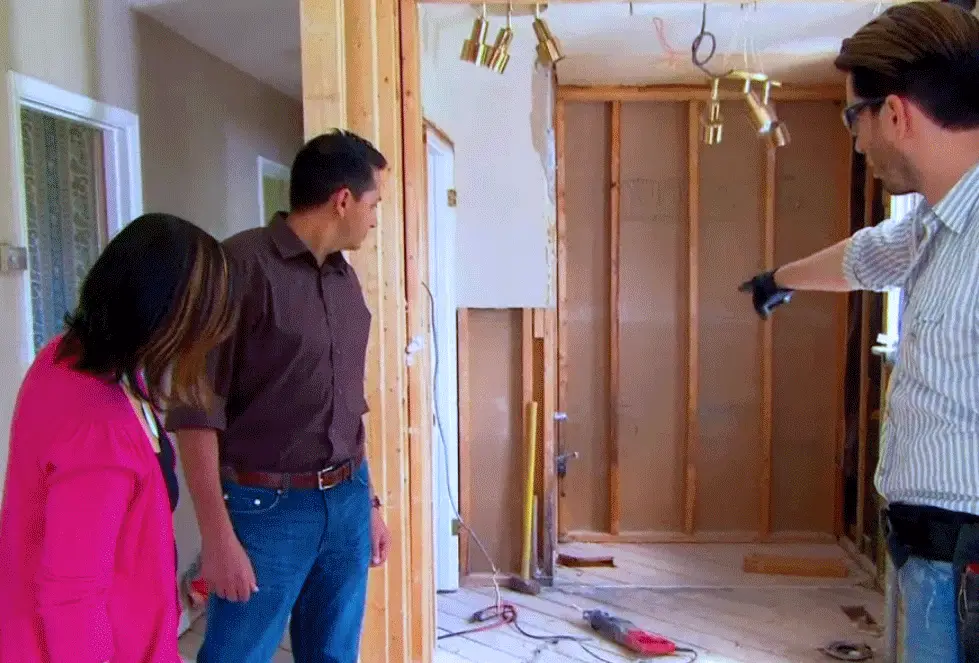
Drew and Jonathan Scott are known for transforming outdated homes into modern masterpieces, but some homeowners have found hidden nightmares behind their sleek designs. One couple featured on Property Brothers claimed that their home’s plumbing system was never properly inspected before renovations, leading to major leaks after they moved in. They were shocked to find that their brand-new bathroom had water seeping through the walls, causing extensive mold growth. The show’s focus on quick turnarounds meant that some crucial repairs were overlooked in favor of cosmetic upgrades.
In other cases, structural problems arose because the show’s budget constraints didn’t allow for proper foundation work. While Property Brothers homes often feature stunning kitchens and stylish living spaces, some of the homes had underlying problems that weren’t fully addressed. Homeowners have reported sagging floors, improperly installed electrical wiring, and even faulty HVAC systems. As a result, what seemed like a dream home quickly turned into an expensive renovation nightmare.
4. The ‘Good Bones’ Home That Couldn’t Hold Up
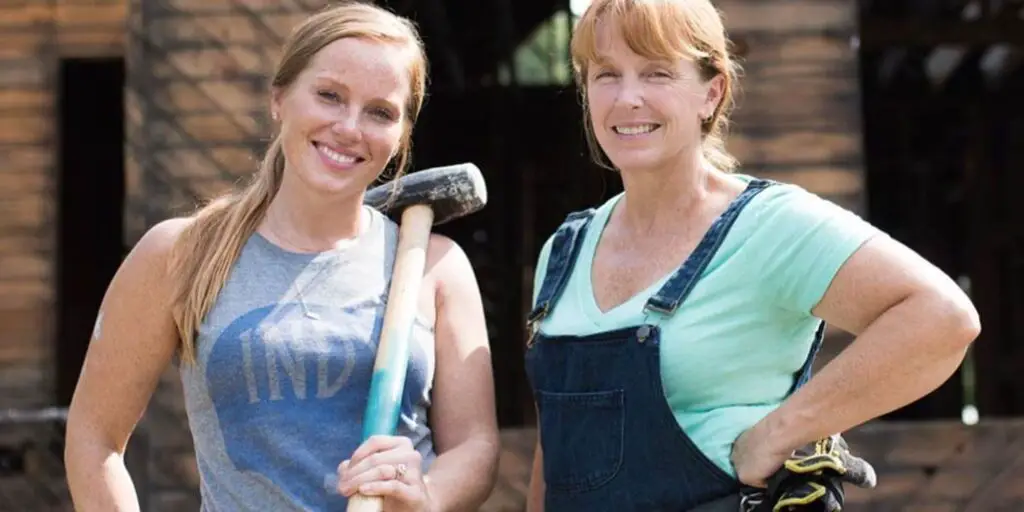
Mina Starsiak Hawk and Karen Laine’s Good Bones focuses on reviving rundown properties, but some of their ambitious renovations have struggled over time. One homeowner revealed that their beautifully restored house started experiencing major settling issues within a year of moving in. Cracks appeared in the walls, floors began to shift, and plumbing problems surfaced—all signs of deeper structural concerns. It seemed that in the rush to make the home look great on TV, important foundational work may have been overlooked. There have even been issues over the show’s refusal to adhere to lead paint laws.
Another Good Bones property had issues with improperly installed windows, leading to drafts and water leakage. While the show emphasizes preserving older homes, some homeowners have found that their “rehabilitated” properties still carry the problems of aging structures. Instead of feeling like a fresh start, these homes required additional repairs that could have been prevented with more thorough work. Though Good Bones homes have a unique charm, some have proven that cosmetic makeovers alone aren’t enough to ensure a house will last.
5. The ‘Flip or Flop’ Money Pit
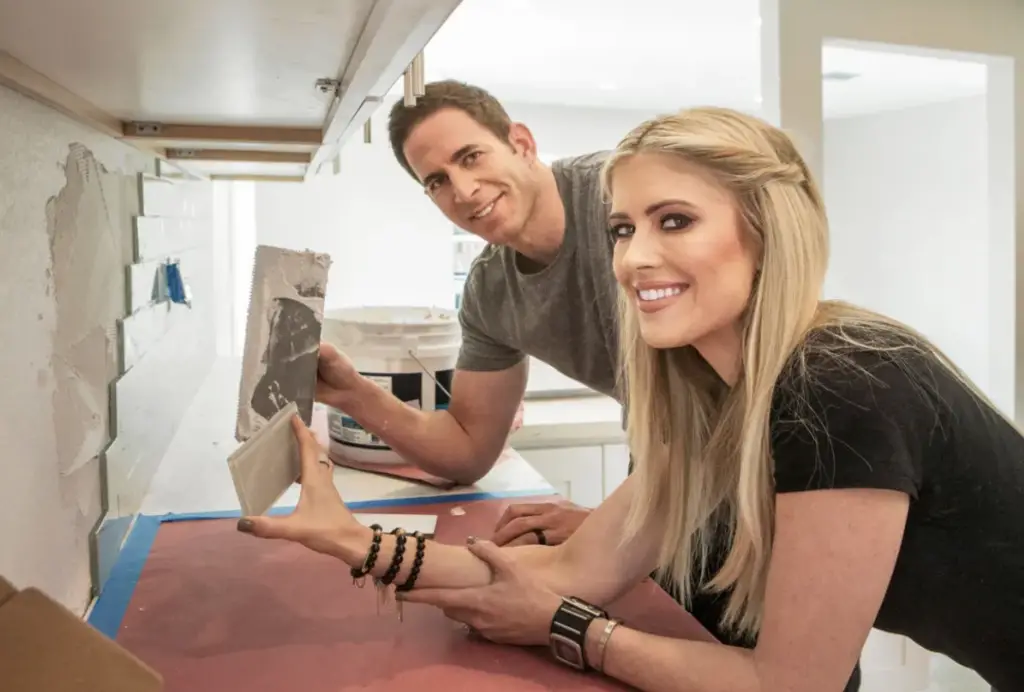
Tarek El Moussa and Christina Hall made Flip or Flop famous for its dramatic house flips, but not all of their projects turned out as profitable as expected. One flipped home in California looked amazing when it was revealed on the show, but within months, the new owner faced severe roofing problems and termite infestations. The issues were so extensive that the home’s resale value plummeted, forcing the homeowner to pour thousands into unexpected repairs. Despite its polished appearance on TV, the house turned out to be more of a financial burden than a dream home.
Other buyers of Flip or Flop homes have encountered similar surprises, from faulty electrical work to improperly secured foundations — even evictions. Because the show is centered on quick turnarounds and high profits, many of the flipped properties prioritize aesthetics over structural integrity. Some of these homes were only given surface-level improvements, leaving future owners to deal with the real problems hidden underneath. Unfortunately, that’s the risk that comes with buying a home designed more for television than for everyday living.
6. The ‘Extreme Makeover: Home Edition’ Disaster
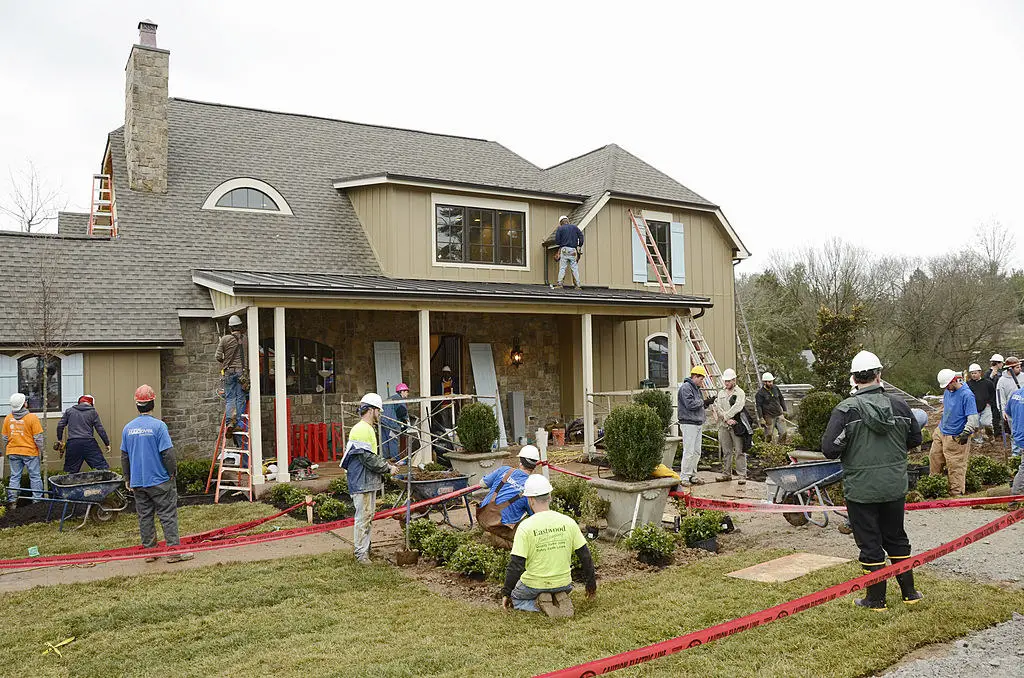
Extreme Makeover: Home Edition was known for its heartwarming transformations, but some of its homes didn’t stand the test of time. Several families who received new homes from the show later reported that their houses were built too quickly, leading to poor construction quality. In one case, a home that looked like a dream on reveal day had major structural problems within just a few years. Poor insulation, faulty wiring, and cheap materials all contributed to rapid deterioration.
Beyond construction flaws, some homeowners found it difficult to maintain the extravagant features added during the makeover. High-end appliances, massive living spaces, and custom-built decor often required expensive upkeep, which some families couldn’t afford. In some cases, the cost of property taxes and utilities skyrocketed, forcing homeowners to sell their dream homes. What started as a life-changing gift ultimately became an unsustainable financial burden.
7. The ‘House Hunters Renovation’ Regret
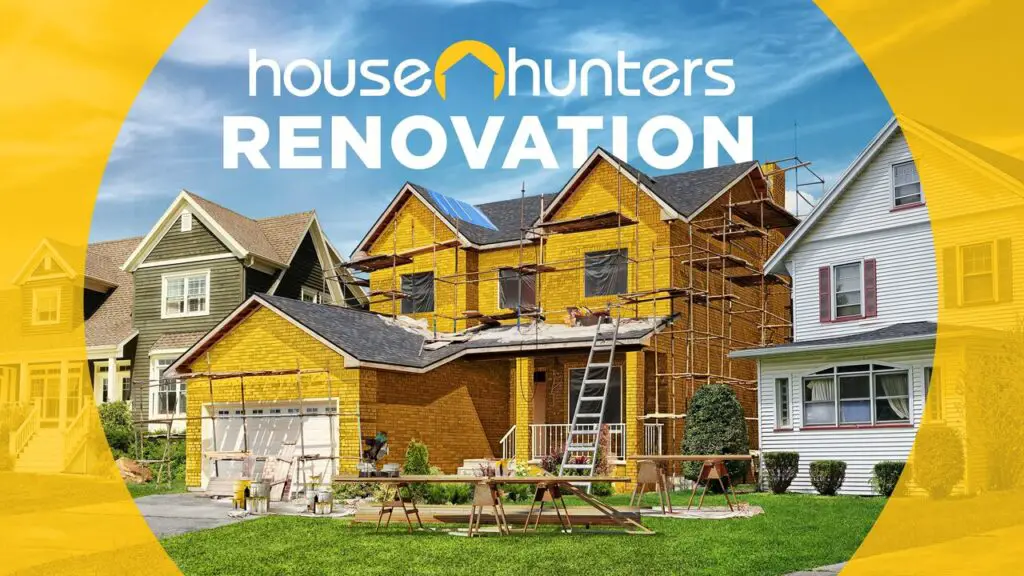
While House Hunters Renovation showcases seemingly flawless home makeovers, some buyers have regretted their decisions after moving in. One couple featured on the show discovered that their newly installed flooring was peeling up after just a few months. The rush to complete renovations for TV meant that contractors cut corners, leaving them with subpar materials and unfinished work. Though everything looked perfect during the big reveal, it didn’t take long for reality to set in.
Another homeowner experienced major heating and cooling issues due to poor insulation behind the walls. Despite the modern upgrades shown on screen, the home’s energy efficiency was never properly addressed. This led to sky-high utility bills and expensive HVAC repairs shortly after filming ended. While the show’s transformations may look impressive, some homeowners have learned that quick TV renovations don’t always mean quality craftsmanship.
8. The ‘Designed to Sell’ Letdown

HGTV’s Designed to Sell focuses on making budget-friendly improvements to increase a home’s market value, but some of these quick fixes haven’t stood the test of time. A homeowner who purchased a renovated house from the show later found that the fresh paint was hiding cracked drywall and water damage. What looked like a stylish, move-in-ready home on TV quickly turned into a series of costly repairs. Instead of adding lasting value, the show’s surface-level upgrades left the new owners dealing with deeper structural problems.
Another issue with Designed to Sell homes is that the staged renovations often prioritize visual appeal over durability. Cheap flooring, hastily installed fixtures, and low-cost countertops may look great on camera, but they don’t always hold up under daily use. Some buyers have complained that within months of moving in, their cabinets started falling apart, and their new floors showed significant wear. While the show aims to maximize profit with minimal investment, some homeowners have found themselves paying more in the long run to fix the hidden issues.
9. The ‘Holmes on Homes’ Controversy
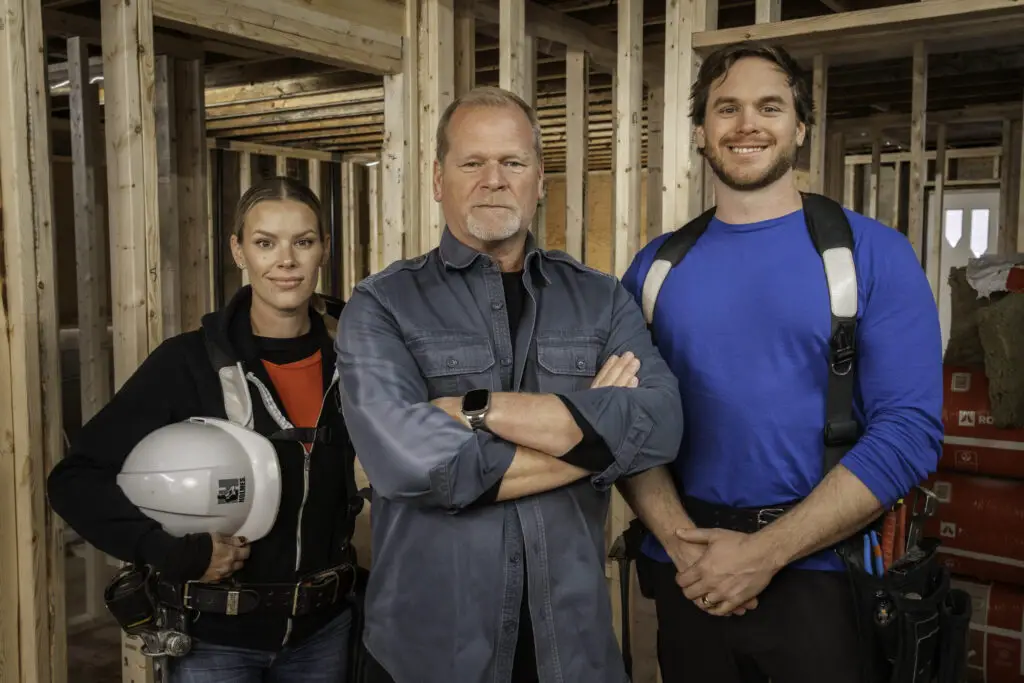
Mike Holmes is known for fixing shoddy construction work on Holmes on Homes, but even some of his projects have faced criticism over time. One homeowner claimed that while their house looked much better after the show’s renovation, the foundation issues weren’t fully addressed. Within a year, cracks reappeared in the walls, and doors started sticking due to shifting floors. Despite the show’s reputation for quality craftsmanship, this case proved that not every fix is as permanent as it seems on TV.
Some former clients have also complained that the show’s renovations, while extensive, didn’t always align with practical, everyday needs. High-end upgrades like custom cabinetry and luxury appliances looked great on camera but required expensive maintenance down the road. In some cases, homeowners struggled to afford the upkeep of the new features, making their once-dreamy renovations a financial burden. While Holmes on Homes often exposes bad contractors, even its own projects haven’t been immune to criticism.
10. The ‘Renovation Realities’ Horror Story
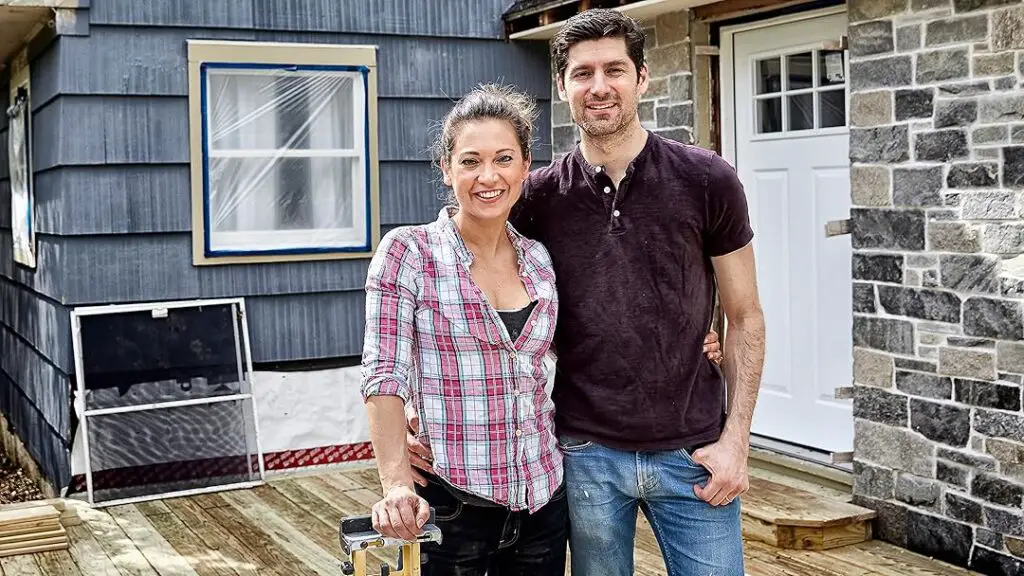
Renovation Realities set itself apart from other HGTV shows by highlighting the struggles of home remodeling, but some of its featured projects ended in disaster. One couple showcased on the show ran into major issues after filming ended, discovering that their DIY electrical work wasn’t up to code. What seemed like a successful renovation on TV quickly turned into a dangerous situation when outlets started short-circuiting. Instead of saving money by doing the work themselves, they were forced to bring in professional contractors to fix the mistakes.
Other homeowners featured on Renovation Realities faced similar problems when their amateur handiwork didn’t hold up over time. While the show embraced the idea of trial and error, some of the errors turned out to be costly in the long run. Leaking pipes, unstable flooring, and uneven tile work left homeowners with more problems than they had before their renovations. Though the show made for entertaining television, it proved that DIY renovations aren’t always as simple as they seem.
11. The ‘Windy City Rehab’ Legal Nightmare
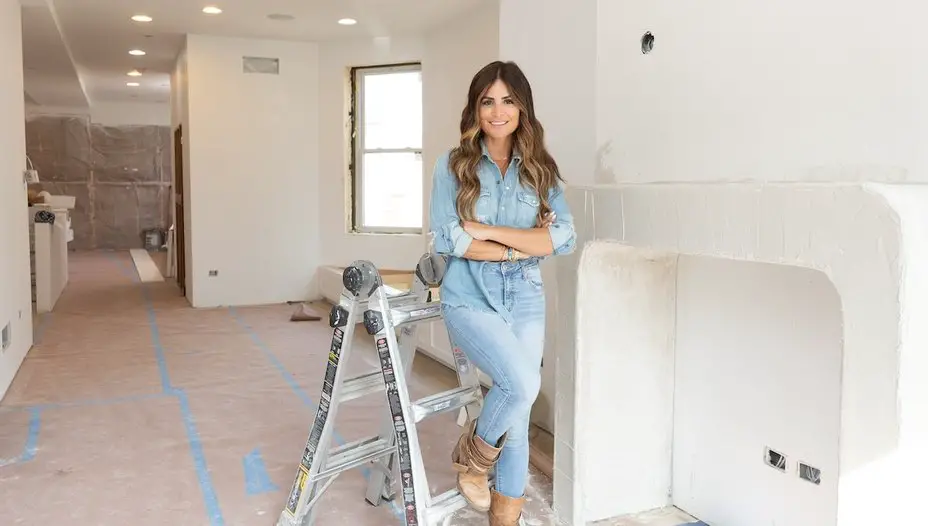
Alison Victoria’s Windy City Rehab has wowed viewers with its stunning Chicago home transformations, but several of its renovated properties have faced legal trouble. Some buyers of these homes have sued the show’s production company, alleging that their houses had severe defects, including leaky roofs and faulty masonry work. One couple even discovered that their million-dollar home had persistent water damage that led to mold growth. Instead of a luxury dream home, they found themselves entangled in a costly legal battle.
Beyond the lawsuits, some of Windy City Rehab’s renovations have also faced city permit violations. Because the show operates under tight filming deadlines, some projects were completed without the proper approvals, leading to complications for new homeowners. This has resulted in delays, fines, and additional repair costs that the buyers never anticipated. While the show’s designs are undeniably gorgeous, some of its homes have proven that rushed renovations can lead to serious consequences.
12. The ‘Dream Home Giveaway’ That Became a Nightmare
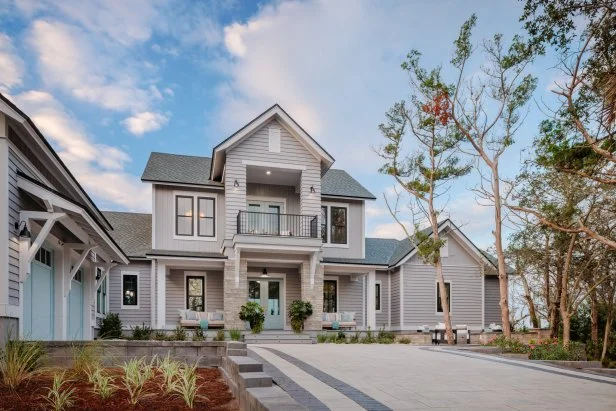
HGTV’s Dream Home Giveaway is a fantasy come true for winners—until they realize the hidden costs of their prize. Many recipients of these multimillion-dollar homes have found themselves unable to afford the steep property taxes, maintenance costs, and utility bills. Some winners were forced to sell their dream homes almost immediately just to cover the financial burden. What was supposed to be a life-changing gift quickly turned into an overwhelming expense.
In addition to the financial strain, some Dream Home Giveaway properties have suffered from rushed construction. Since the homes are built in a short timeframe for television, some winners have reported issues like poor insulation, leaky roofs, and foundation cracks. For those who choose to keep their prize, the ongoing repair and upkeep costs often outweigh the initial excitement. While winning an HGTV home may seem like a dream, the reality can be far more complicated.
13. The ‘Hometown’ Home With a Not-So-Charming Surprise

Ben and Erin Napier’s Home Town has a loyal fanbase, but some of the show’s renovated properties haven’t aged as gracefully as they appeared on screen. One homeowner in Laurel, Mississippi, said their cozy cottage began showing signs of foundation shifting just months after moving in. Floors buckled, cracks formed in the walls, and doorframes warped—making it clear that charm couldn’t cover structural shortcuts. What seemed like a picturesque Southern home turned into a slow-motion headache.
Other buyers of Home Town properties have reported moisture problems and HVAC issues, often linked to the age of the original structures. While the show’s goal is to preserve historic homes, critics say the renovations sometimes focus more on aesthetics than on addressing aging infrastructure. The results can be beautiful but fragile, with issues surfacing soon after the cameras stop rolling. As lovely as the homes look on TV, some have proven less livable than expected.
14. The ‘Battle on the Beach’ Blitz Build

HGTV’s Battle on the Beach pits designers against each other in fast-paced renovation contests—but that tight timeline has come at a cost. One home featured in the show developed serious mold issues within a year, allegedly due to improper sealing and poor moisture management. The competition format often encourages speed over precision, leaving behind work that doesn’t stand up to real-world conditions. Viewers see dramatic transformations, but homeowners are left dealing with rushed construction.
In other cases, contestants lacked experience with coastal building codes, resulting in features that didn’t withstand salty air and humidity. Decks warped, paint peeled, and improperly ventilated bathrooms bred mildew. While the final reveals may wow audiences, some of these properties show signs of premature wear. The show may be a beachy spectacle, but its homes haven’t always held up to the elements.
15. The ‘Curb Appeal’ Cover-Up
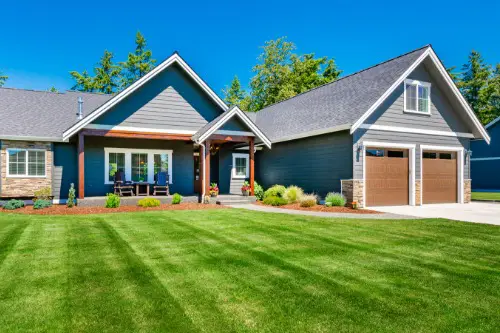
HGTV’s Curb Appeal specializes in transforming exteriors—but some homeowners found the improvements were only skin-deep. One property owner said their stunning new siding hid layers of water-damaged wood underneath, which wasn’t discovered until months later. The landscaping looked lush, but poor drainage left the yard soggy and prone to flooding after heavy rain. What looked like a picture-perfect home from the outside had serious issues bubbling beneath the surface.
In several cases, the show added exterior upgrades that didn’t match the home’s long-term maintenance needs. Paint started chipping quickly, and low-cost lighting installations failed within a season. These facelifts boosted curb appeal, but not the home’s structural integrity or livability. Viewers got a wow factor, while homeowners got a patch job.
16. The ‘My Lottery Dream Home’ Maintenance Misfire

Winning the lottery and buying a dream home sounds like a fairy tale, but My Lottery Dream Home hasn’t always delivered lasting happiness. Some winners who bought renovated properties later reported hidden defects, including bad wiring and poor insulation. One couple said their luxury home looked incredible on the tour but quickly became a money pit due to heating issues and leaky plumbing. The excitement of the show often glosses over the practical realities of homeownership.
Others have found that the extravagant upgrades shown on camera weren’t built to endure daily use. Fancy fixtures broke, floors scratched easily, and certain custom installations didn’t hold up. When the cameras leave, the responsibility of upkeep lands squarely on the new owners—many of whom aren’t prepared for what’s behind the drywall. Sometimes a “dream home” ends up feeling more like a costly lesson.
17. The ‘Bang for Your Buck’ Bust
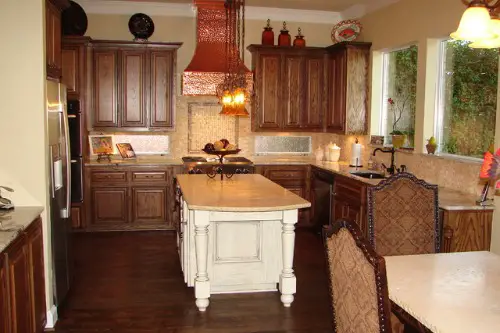
Bang for Your Buck promises savvy upgrades that increase resale value, but not every improvement has held its worth. In one featured home, the budget bathroom remodel quickly began to fall apart, with grout cracking and plumbing leaking just a few months after filming. The show’s goal to squeeze every penny out of a tight budget often led to cutting corners on materials. While the space looked great on reveal day, it didn’t last long.
Some homeowners say they were encouraged to choose trendy finishes over tried-and-true functionality. This led to impractical layouts, flimsy fixtures, and design choices that quickly went out of style. Instead of increasing property value, some upgrades actually made the homes harder to sell later. The show’s advice may sound financially smart on TV, but the real results didn’t always deliver.
18. The ‘Brother vs. Brother’ Oversight

Brother vs. Brother amps up the competition between the Property Brothers—but that race to out-renovate each other hasn’t always ended well for the homes involved. One buyer of a featured house discovered that a load-bearing wall had been removed improperly, leading to sagging ceilings and unsafe conditions. The renovation was impressive at first glance, but shortcuts made for the sake of winning the challenge ultimately put the structure at risk. The thrill of competition sometimes eclipsed the need for proper inspection.
Other renovated homes from the show have revealed electrical and HVAC issues that weren’t disclosed during the episode. Because the brothers work within fast-paced timelines, some important long-term concerns reportedly went unaddressed. The emphasis on big, bold design left little room for boring but essential fixes. Unfortunately, homeowners were left footing the bill for work the camera never showed.
19. The ‘Flip to a Million’ Market Crash

Flip to a Million is all about turning small investments into big profits—but some of those flips haven’t aged well. One home in particular looked flawless on the finale, only to reveal plumbing backups and foundational instability a few months later. The need to boost a property’s value quickly meant some deep-rooted issues were glossed over or ignored. The home looked like a solid win on TV, but it was actually teetering on the edge of costly disaster.
Other properties from the series have struggled to maintain their high resale values in fluctuating markets. Design-forward choices didn’t always appeal to long-term buyers, making it harder for owners to resell at the expected profit. Without the safety net of HGTV’s promotion and perks, these homes became financial burdens. It turns out that flipping for the cameras doesn’t always translate to stability for real-life buyers.
20. The ‘Home Town Takeover’ Tourism Trap

When Home Town Takeover descended on Wetumpka, Alabama, it brought nationwide attention and rapid renovations—but not all of the improvements have held up. Some business owners and residents have said that the fast-paced overhauls left them with properties that look great but require frequent maintenance. One historic home renovated during the show suffered water damage when its restored roof started leaking the following spring. The visual transformation was undeniable, but the durability was questionable.
Local contractors reportedly struggled to keep up with the production timeline, leading to patchwork repairs and unfinished work behind the scenes. As tourism boomed, residents also faced higher costs and strained infrastructure. The show brought a temporary spotlight—but it also introduced longer-term complications. For some homeowners, the “makeover” came with more than they bargained for.
